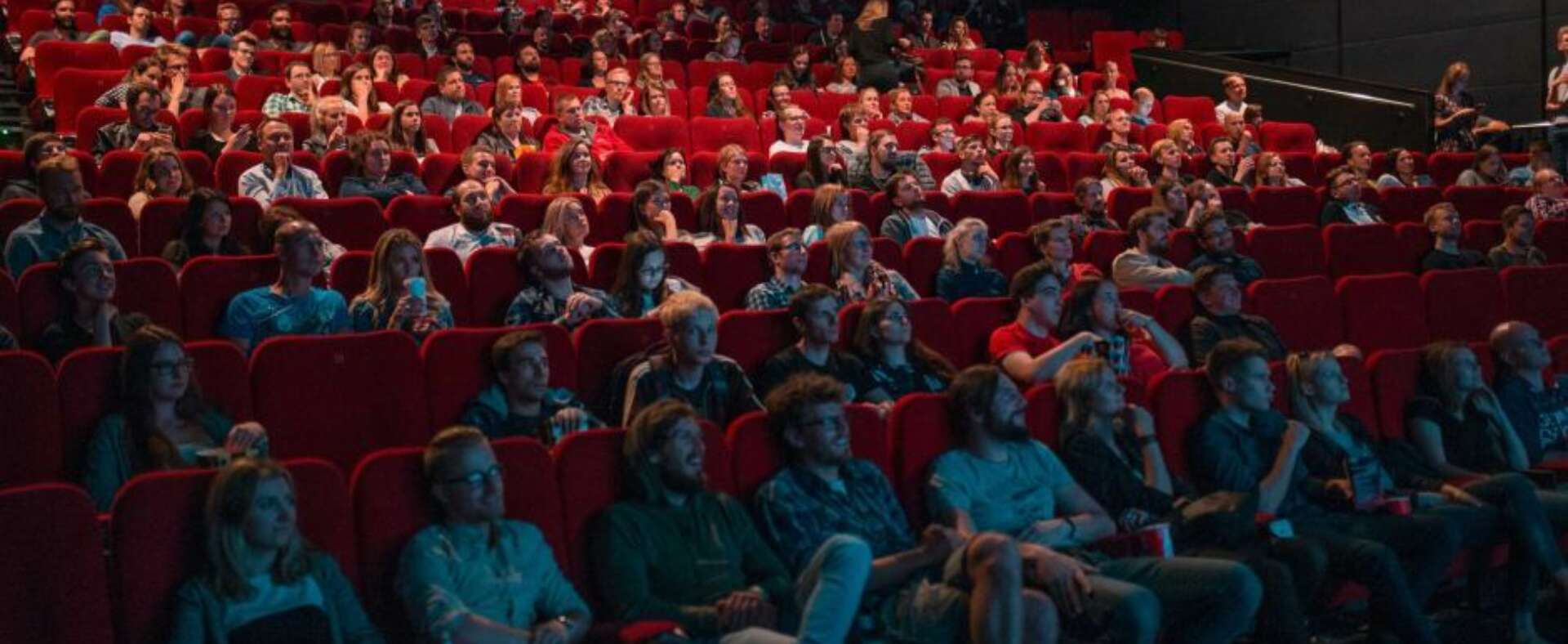WRITTEN BY: Annika Pham
The Danish government calls for greater flexibility and ambitions for Danish films, while maintaining the current level of funding at around DKK560m (€75m) a year.

The Danish government calls for greater flexibility and ambitions for Danish films, while maintaining the current level of funding at around DKK560m (€75m) a year.
Last week the Danish Parliament endorsed the Film Agreement signed by all political parties, which lays down the framework for film policy in Denmark between 2019-2023. The new Agreement will come into force at the end of the year.
Here are the main points of the new Film Agreement:
Commenting on the new Film Agreement, Claus Ladegaard, CEO at the Danish Film Institute said: "First and foremost, we are pleased that we have achieved a broad and ambitious agreement, which, with €75m a year, emphasises that there is great political support for continuing to develop Danish films to benefit everyone. Together with the industry and other actors, we look forward to living up to the high ambitions for strengthening the cultural importance of Danish film, both when it comes to market share and artistic quality.”
"I especially appreciate the wish to have a flexible, non-bureaucratic subsidy system, because this is needed if Danish films are to take part in the digital development and the quickly changing behaviour of audiences, not least among children and young people. In recent years, the DFI, together with the industry, has worked towards strengthening a diverse film culture that expresses itself throughout the country, and with increased subsidies to regional funds, the efforts will gain more momentum.”
"It is also encouraging that the political parties will continue to ensure talent development as an important driving force for Danish film, and that there is a focus on the urgent task of digitising heritage films and present them both through the Cinematheque’s activities throughout the country and via the DFI's historical streaming sites."
Reactions from the Danish film industry have been mixed.
The Danish Producers’ Association expressed doubts regarding the effectiveness of extra support to regional film funds, as ‘producing outside the metropolitan area is really expensive’, and questioned the commercial goals set by the Agreement (incl.29% average market share for Danish films). “It seems difficult to achieve the goals if they are not followed by specific tools that can increase ticket sales, such as a ticket support scheme, and the goal to achieve an audience of 1 million is interesting, not least because it is currently difficult to get public figures from streaming services,” said the Association. “We therefore expect that they [VOD players] will be required to report streaming numbers so that it will be possible to keep an eye on whether the goal is reached."
On a more positive side, the Producers’ Association welcomed the government’s decision to monitor DR and TV2 Denmark’s commitments to support Danish film (as stated in the parallel Media Agreement), the possibility for Danish film to get extra money via regions and municipalities and increased anti-piracy measures.
Thomas Gammeltoft, Managing Director of the Copenhagen Film Fund also described as ‘quite naïve’ politicians’ requirements for Danish films to achieve a 29% average share of the B.O., a goal “hard to achieve without any new tools or incentives”.
The Cinema Association Danske biografer applauded the political parties who “finally set a target for the results of the Danish Film Institute’s support schemes". The association welcomed as well the introduction of a more flexible DFI grant allocations, and the possibility for more fragile films in cinemas to go faster on digital platforms. “There is nothing new here. The whole industry has discussed this principle for years now,” said the head of the association Kim Pedersen.